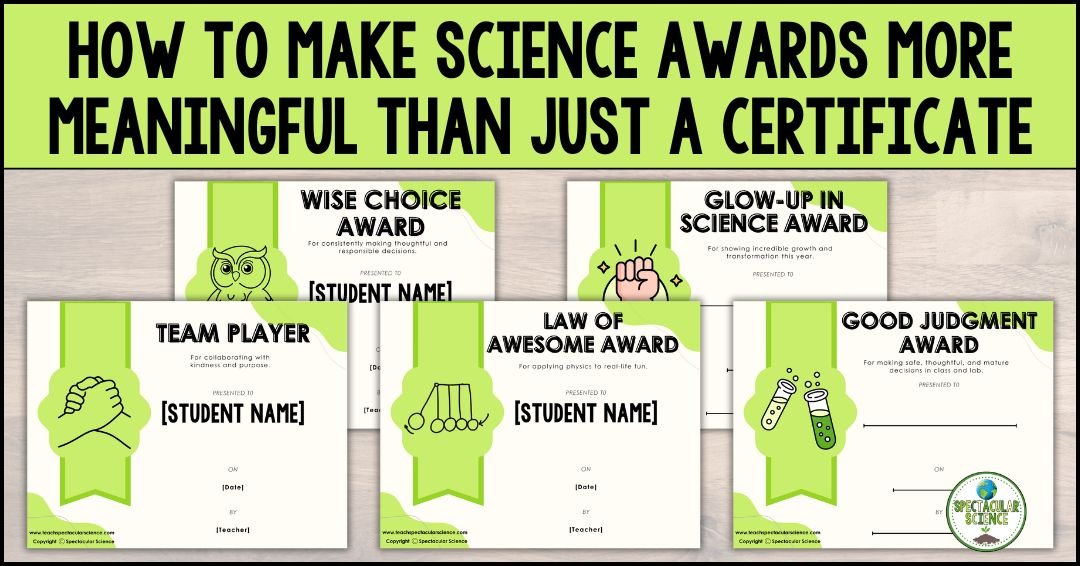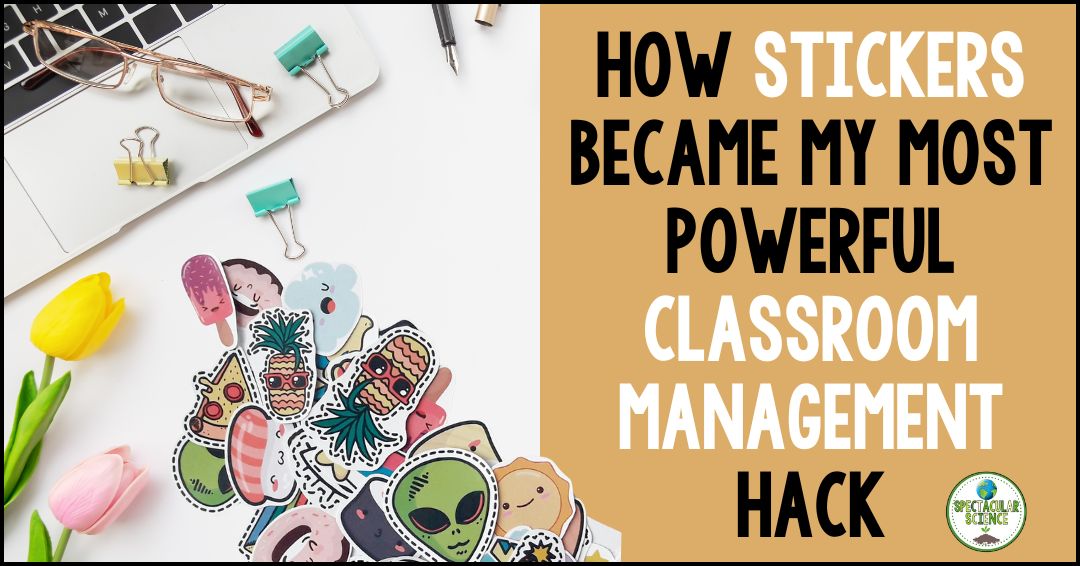
Exploring the wonders of our planet, especially its enigmatic interior, is a pivotal part of Earth Science education in middle and high school. The Earth’s interior is a fascinating realm filled with layers, mysteries, and scientific marvels waiting to be uncovered in your classroom.
Teaching about the Earth’s interior might initially appear as a daunting task with a seemingly singular approach. Yet, it’s a challenge that can transform into a rewarding educational journey. The key lies in creating lessons that not only captivate students but also equip them with a profound understanding of our planet’s inner workings.
Discover how to create engaging and informative lessons that ignite a passion for Earth’s interior in both teachers and students alike. Here are 6 tips to keep in mind for middle school science and high school science when you teach Earth’s interior.
Start with the basics
Begin by introducing the basic concepts of the topic including the layers of the Earth, their thicknesses, and their composition. Like in this ready-made lesson, it’s always a great idea to focus on an essential question such as “How do we describe the layers of our Earth?” Then, once students have a good grasp of these fundamental concepts, you can move on to more advanced topics.
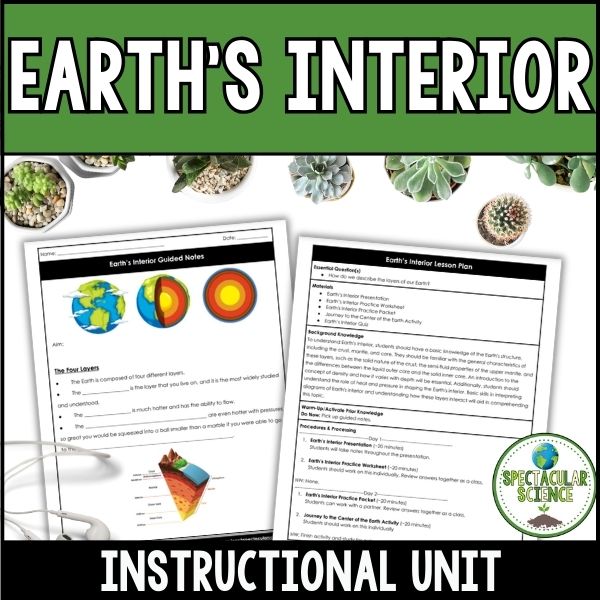
Throughout this no-prep unit, students study the four layers that make up our planet Earth’s interior and the characteristics that differentiate each layer from one another. The following resources are included in this unit:
- Unit Pacing Guide
- Earth’s Interior Lesson Plan
- Earth’s Interior PowerPoint Presentation & Guided Notes
- Earth’s Interior Practice Worksheet & Answer Key
- Earth’s Interior Practice Packet & Answer Key
- Earth’s Interior Quiz & Answer Key
Use visuals aids
Sure students can memorize the names of the different layers of Earth’s interior but visual aids go a long way in making that structure more understandable for all students. Use a variety of diagrams, cross-sections, and animations of the Earth’s interior since the repetition can also be helpful.
You can also use 3D models, which can help students visualize the three-dimensional structure of the Earth. This 3D model is a great option for hands-on lessons where students can take it apart from crust to inner core. Build in some higher order thinking questions to accompany the discovery aspect and you have yourself an activity to add dimension to your lesson plans.

Looking for something a bit “extra” for those early-finishers? You have to check out this 3-D puzzle of Earth’s layers. Step by step, piece by piece, students will turn paper puzzles into a wonderful miniature world globe, providing a hands-on and interactive way to explore the Earth’s interior.

Use multimedia resources
There are many multimedia resources available online that can help you teach about Earth’s interior, such as videos, animations, and interactive simulations. Using resources such as this one from SAGE – the Seismological Facility for the Advancement of Geoscience – can help make the learning experience more engaging and interactive.
Use analogies
Analogies can be an effective way to help students understand complex concepts. For example, you could compare the Earth’s layers to an onion, with the thin outer layer representing the crust and the inner layers representing the mantle and core. You can even make use of an actual onion as a visual aid in class. While it may bring tears to their eyes (and yours) the onion and its layers is a great analogy for learning about Earth’s layers!
Other analogies for Earth’s layers? Coming right up!
Cake Layers: Compare the Earth to a layered cake, with the outermost layer being the crust, the middle layer as the mantle, and the innermost layer as the core. You can even use a cake as a fun and tasty visual aid.
Fruit Layers: Use the analogy of an avocado, with the skin representing the crust, the green flesh as the mantle, and the pit as the core.
Nested Dolls: Earth’s layers can be likened to a set of Russian nesting dolls (Matryoshka dolls). Each doll represents a different layer, with the smallest doll as the core and the outermost doll as the crust.
Layered Clothing: Explain Earth’s layers using the analogy of clothing. The outer layer, such as a jacket, represents the crust, while the middle layers, like sweaters and shirts, can symbolize the mantle. The innermost layer, like thermal underwear, represents the core.
Layered Sandwich: Use a sandwich as an analogy, with the bread slices representing the crust, the filling as the mantle, and the center as the core. You can even create a model sandwich with different materials for each layer.
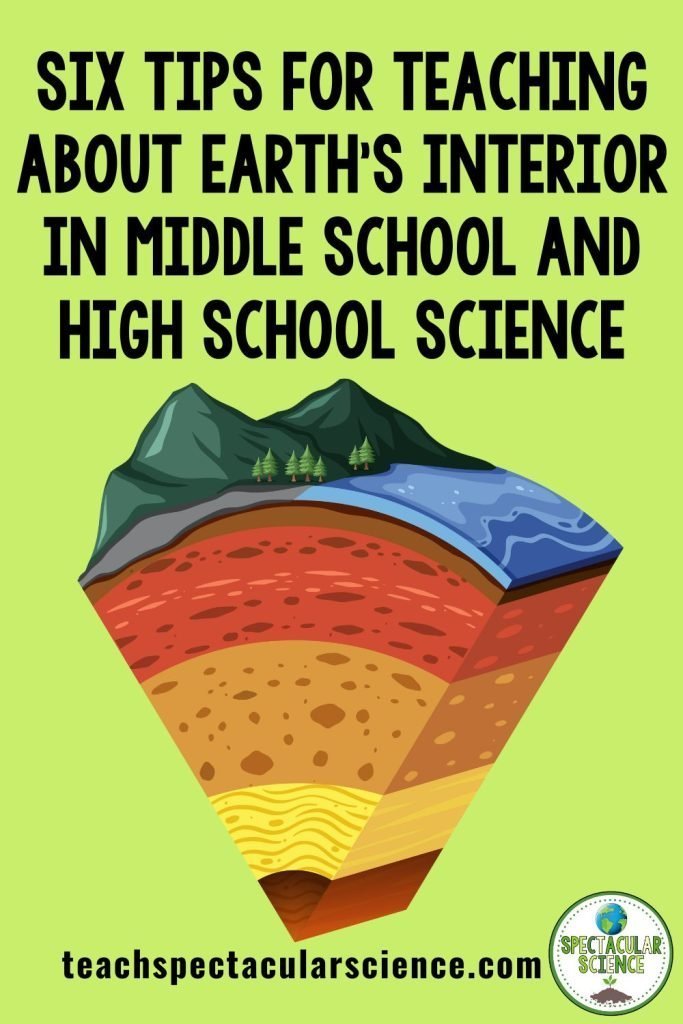
Connect to real-life examples
Help students see the relevance of the topic by connecting it to real-life examples. There are two ways this can be done depending on your students and the timing of your lesson about Earth’s interior.
A first option is to discuss how the Earth’s interior affects plate tectonics, which in turn affects natural disasters such as earthquakes and volcanoes. Check out this Plate Tectonics Bundle to help extend your students’ learning. This two-week unit asks “The Earth’s crust is in constant motion – how does this affect us?” And the unit covers topics such as continental drift, plate tectonics, Pangaea, sea-floor spreading, divergent boundary, convergent boundary, transform boundary, hot spot, etc.
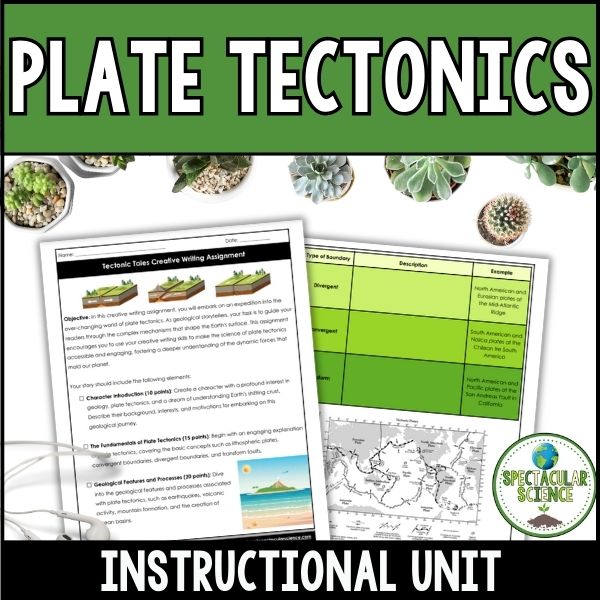
A second option is to get students to start to make the connections to real-life examples. Depending on when you teach about Earth’s interior you could have students connect to earlier course materials or revisit the topic as you move into later topics and lesson. Showcase how knowledge of Earth’s interior connects to other scientific disciplines. Explain how understanding the Earth’s core can shed light on magnetic field generation, which in turn affects navigation and compasses. This interdisciplinary approach not only reinforces their comprehension but also highlights the interconnectedness of various scientific domains.
Keep it fun and interesting
This might be the best tip of all when you teach Earth Science or any course really. Try to make the learning experience fun and interesting! The easiest way to do this is to use a variety of teaching methods and activities. For example, you could use games, quizzes, and group activities to reinforce the concepts being taught. This is also helpful when you’re differentiating for all the learners in your classroom.
Check out this post with 5 differentiation strategies to fit with any science lesson in middle school or high school science.
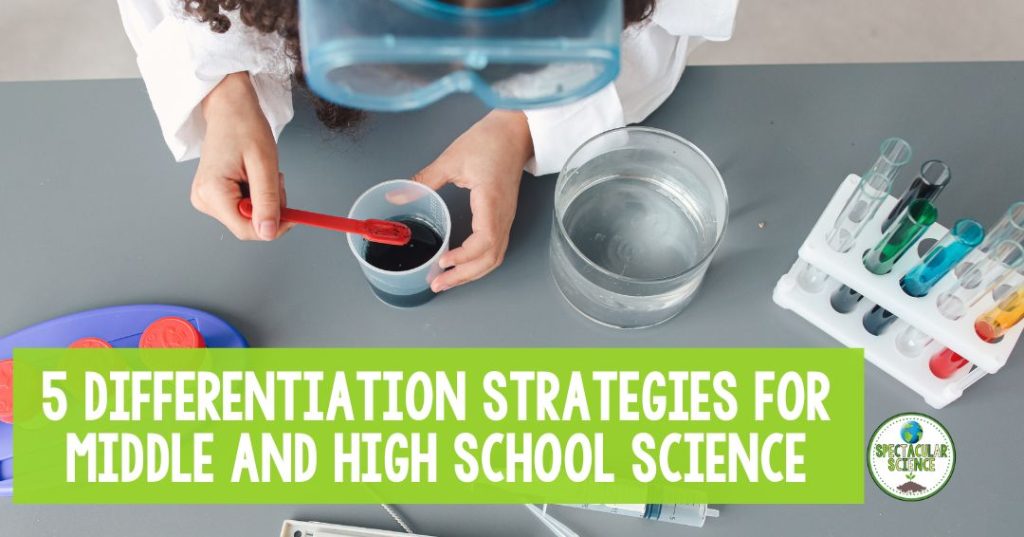
A Final Word on Teaching Earth Science
These six tips can be used in a single or series of lessons that are initially about teaching Earth’s interior. But you don’t have to do everything all at once! Adopt these tips when reviewing the concept in other lesson and units too.
And more than anything else, the goal of this post and all posts at Spectacular Science is to remove added challenges from your teaching load. Another way to do this when teaching about Earth’s interior is using this resource. That way when you teach about Earth’s interior you can make the material as accessible and interesting as possible for your students in middle school science and high school science and save yourself time and effort in the planning stages!
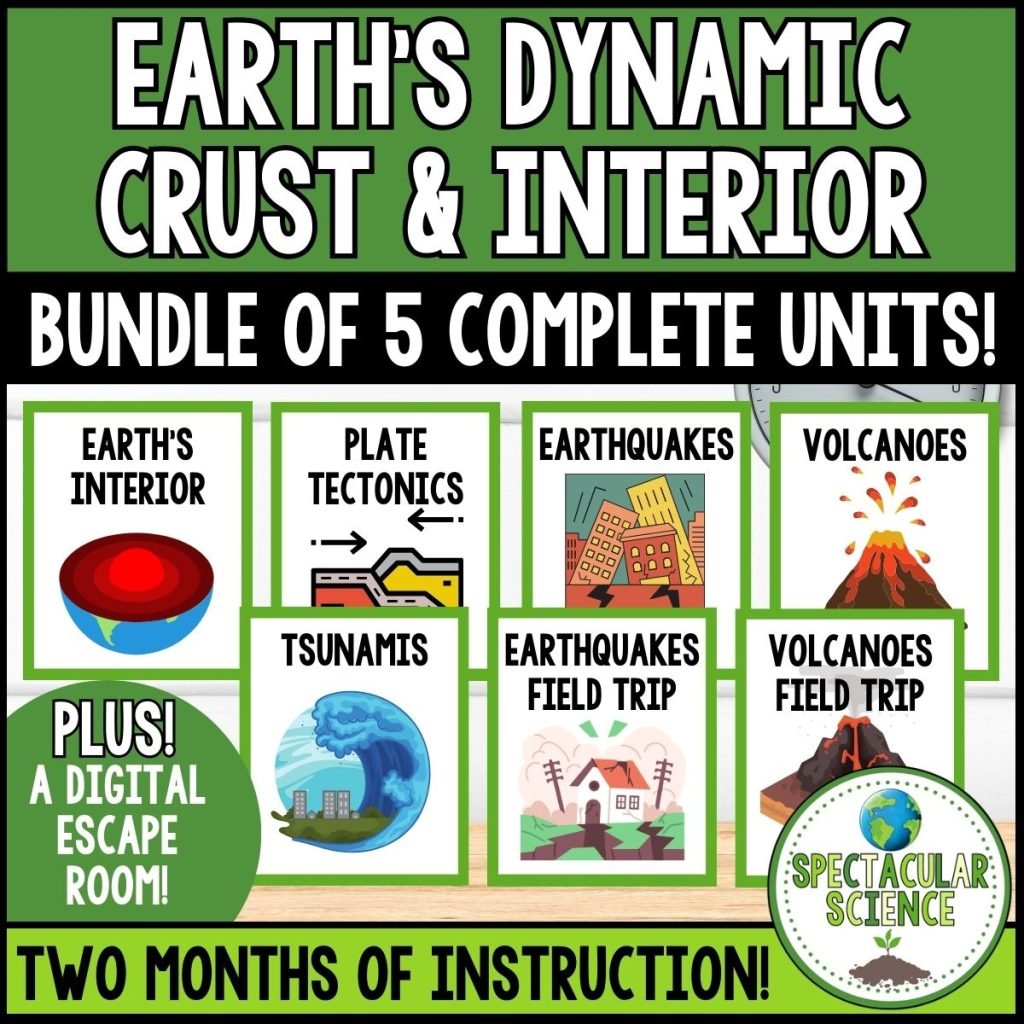
RELATED POSTS:
- 5 TIPS TO BOOST YOUR SOLAR SYSTEM LESSON PLANS
- HOW TO MAP OUT YOUR EARTH AND SPACE SCIENCE CURRICULUM
This post contains affiliate links for Amazon. As an Amazon Associate, I earn from qualifying purchases. By purchasing an item on the Amazon site using these links, I will receive a small commission on your purchase. This commission does not affect the price of your item.















